1. Working Principle Comparison
The fundamental difference in reverse circulation vs conventional drilling comparison lies in the cutting removal method:
(1) Conventional drilling: Uses direct circulation (slurry flows upward through the annulus)
(2) Reverse circulation: Cuttings are directly suctioned through the drill pipe's center tube (3-5x more efficient)
This structural distinction in reverse circulation vs conventional drilling comparison determines all subsequent performance variations

2. Operational Efficiency Comparison
Field data from reverse circulation vs conventional drilling comparison:
(1) For Φ800mm diameter, 40m deep piles:
lConventional: 0.8-1.2m/h penetration rate
lReverse circulation: 2.5-3.5m/h penetration rate
(2) Reverse circulation vs conventional drilling comparison shows 60% time savings
3. Pile Quality Comparison
Significant differences emerge in reverse circulation vs conventional drilling comparison:
(1) Borehole stability: Reverse circulation causes less wall disturbance
(2) Sediment thickness: Conventional averages 15-30cm vs <5cm for reverse circulation
(3) Concrete pouring: Reverse circulation produces 20% more Grade I piles per ultrasonic testing
4. Economic Comparison
Cost analysis of reverse circulation vs conventional drilling comparison:
(1) Equipment price: Reverse circulation costs 30-50% more
(2) Fuel consumption: Reverse circulation uses 15-20L more per hour
(3) Total cost: Reverse circulation saves 12-18% per meter (time savings offset energy costs)
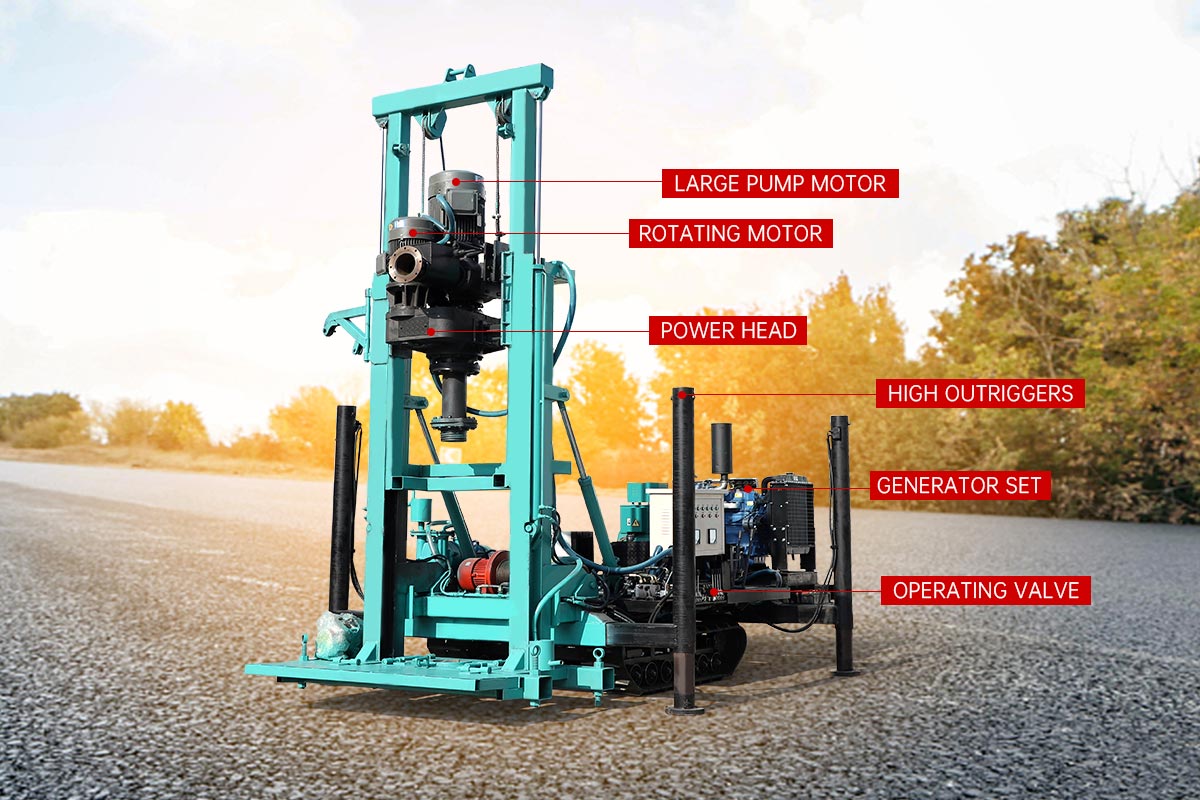
5. Geological Adaptability Comparison
Reverse circulation vs conventional drilling comparison by formation:
(1) Reverse circulation excels in:
lGravel layers (particles <1/3 drill pipe ID)
lWater-rich silty sands
lKarst areas
(2) Conventional suits:
lClay layers (simple cutting removal)
lShallow, small-diameter piles (<600mm)
6. Environmental Comparison
Key metrics in reverse circulation vs conventional drilling comparison:
(1) Slurry usage: Reverse circulation needs only 20% of conventional
(2) Noise levels: Reverse circulation is 8-10dB quieter (no high-velocity slurry noise)
(3) Site pollution: Reverse circulation allows direct spoil transport, reducing slurry pit area
Selection Guidelines:
1. Choose reverse circulation for time-sensitive, large-diameter deep piles
2. Conventional may suit budget-limited mid/small projects
3. Complex formations: Consider hybrid approach (reverse circulation upper + conventional lower sections)
Remember: Scientific reverse circulation vs conventional drilling comparison is step one for proper equipment selection!
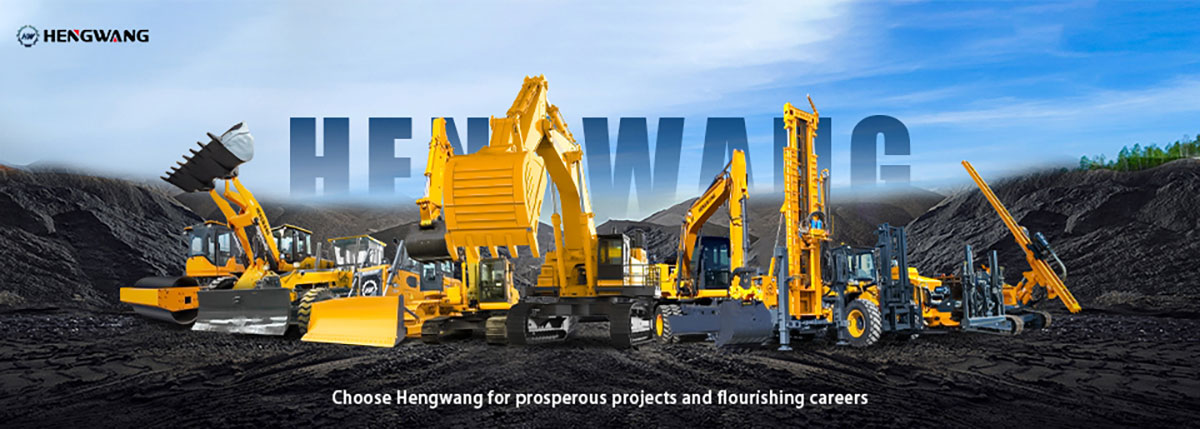
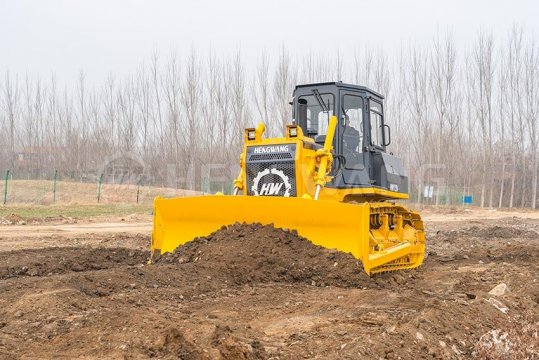 Bulldozer Blade Types: Core Configuration for Adapting to Different Operating Scenarios
Bulldozer Blade Types: Core Configuration for Adapting to Different Operating Scenarios
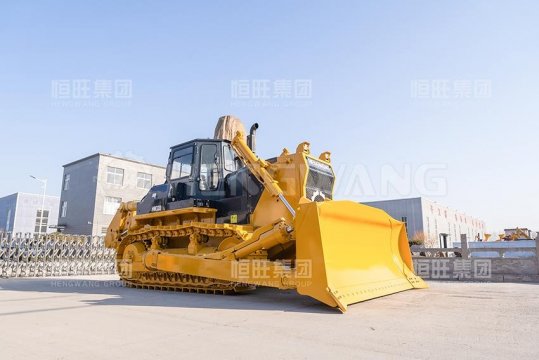 Swamp bulldozer: An Efficient Solution for Operations in Muddy Environments
Swamp bulldozer: An Efficient Solution for Operations in Muddy Environments
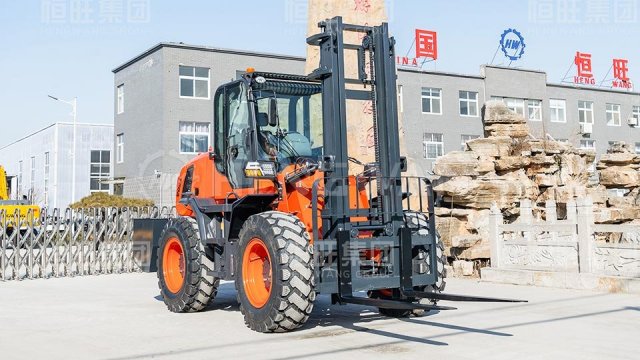 Rough terrain forklift with highest load capacity: A High-performance Solution for Heavy-duty Outdoor Operations
Rough terrain forklift with highest load capacity: A High-performance Solution for Heavy-duty Outdoor Operations